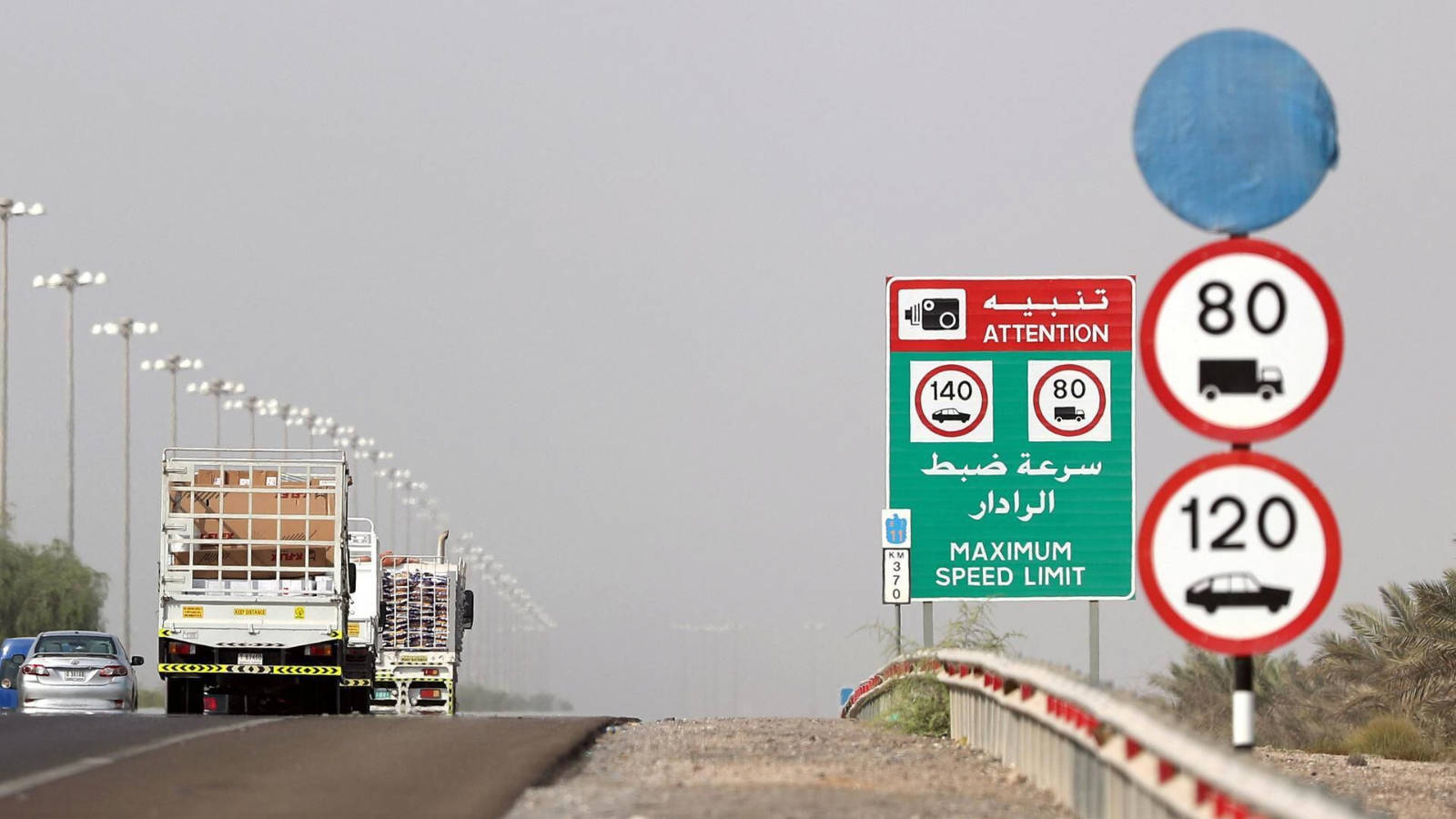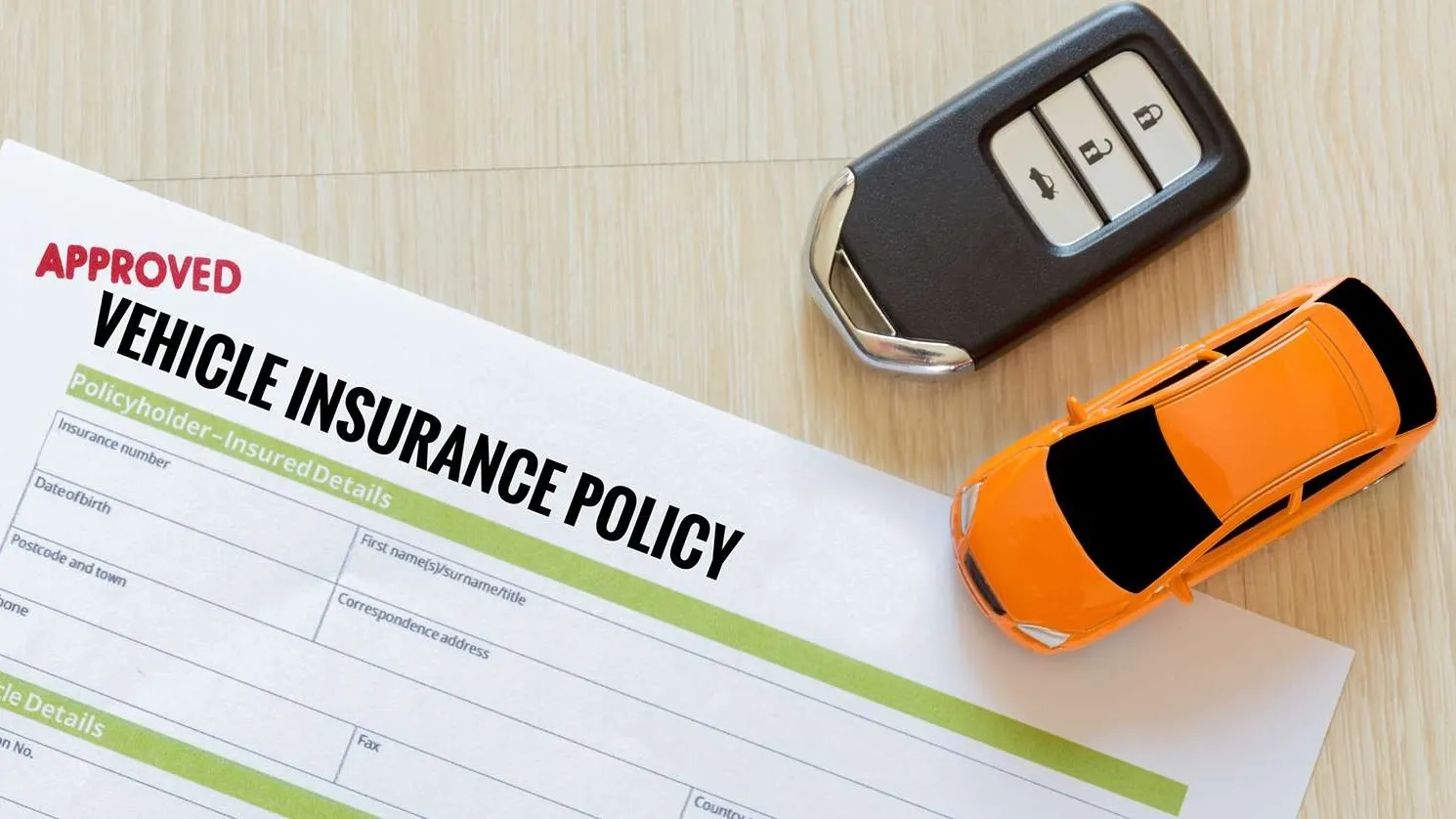Why Do We Need Speed Limits? How Fast Is Too Fast? Guide

Speed limits are an indispensable component of road safety. These restrictions on vehicle speed serve a crucial purpose in safeguarding lives, minimizing accidents, and maintaining order on our roadways. This article unravels the intricacies of why speed limits are an indispensable cornerstone of our road safety infrastructure.
When & Where Was The First Speed Limit Set?
In 1861, the UK Parliament passed the Locomotive Act, establishing a 10mph (16km/h) speed limit for “locomotives on highways.” This is generally considered the first official numerical speed limit for mechanically-propelled vehicles.

Reason For Setting Speed Limits
Prevention of Accidents:
Speed limits act as a preventive measure, reducing the likelihood of accidents. Excessive speed contributes significantly to collisions, and imposing limits helps mitigate this risk.
Protection of Pedestrians:
Pedestrians are vulnerable road users. Speed limits create a safer environment for them by ensuring that vehicles move at controlled speeds, allowing pedestrians to cross roads more securely.
Minimizing Severity of Collisions:
In the unfortunate event of a collision, lower speeds can substantially reduce the severity of injuries. Additionally, the force of impact is directly proportional to speed, making adherence to speed limits a critical factor in injury prevention.
Efficient Traffic Flow:
Enforcing speed limits contributes to smoother traffic flow. Uniform speeds enhance overall road efficiency, reducing congestion and the likelihood of bottlenecks.
Enhancing Driver Control:
Maintaining a reasonable speed limit enables drivers to maintain better control of their vehicles. This control is vital in emergencies, allowing for quicker and more effective reactions to unexpected events. The brakes of a car also play a vital role in this aspect.
Mitigating Environmental Impact:

Excessive speed not only endangers lives but also has detrimental effects on the environment. Lower speeds can contribute to reduced fuel consumption and emissions, promoting a greener and more sustainable approach to transportation.
Standardization for Predictability:
Speed limits establish a standardized framework for road users. Predictability is crucial for safe driving, and speed limits ensure that drivers can anticipate the behaviour of others on the road.
Law Enforcement:
Speed limits serve as a basis for law enforcement. Clear limits empower authorities to monitor and penalize those who violate them, acting as a deterrent to reckless driving.
Tailoring to Road Conditions:
Different road types demand varied speed limits. Imposing specific limits for residential areas, highways, and urban zones recognizes the diverse conditions drivers face, optimizing safety for each context.
Modern cars are now equipped with varying levels of Advanced Driver Assistance Systems. These active safety systems will help the driver manoeuvring the car according to the speed limits and adhere to other traffic rules with the help of sign recognition. Here is a detailed guide on ADAS systems in a car.
How Are Speed Limits Set?

Factors influencing the decision on speed limit include road design, traffic volume, crash history, and local laws. Additionally, safety and driver behaviour are crucial, with speed surveys and technology helping determine realistic and effective limits.
The goal is to balance efficient traffic flow with road safety while ensuring legal consistency and public input may be considered. Here are a few important considerations while deciding on a speed limit:
- 85th Percentile Speed: Most drivers’ comfortable & safe pace (85%).
- Road Design: Curves, lanes, and shoulders impact safe speeds.
- Traffic Volume & Mix: Heavy traffic or diverse vehicles might need lower limits.
- Crash Data: Past accidents can guide adjustments.
- Legal Guidelines: State/national laws & recommendations for different roads.
- Public Input: Hearings & surveys help gauge community concerns and preferences.
How Fast Is Too Fast For Your Car?
Although recommended speed limits generally promote safe operation for most cars, they might not be universally applicable. The safe speed can vary depending on the type of car you are driving. Let’s explore a few examples to further understand this phenomenon.

Speed Limit For Hatchbacks
A hatchback, with its lower centre of gravity, has reduced the risk of flipping or toppling around a bend. Also, this characteristic contributes to the stable dynamics of a typical hatchback, allowing it to carry a fair amount of speed around corners with greater stability.
Speed Limit For SUVs & MPVs
On the other hand, SUVs or MPVs are tall vehicles, and their centre of gravity is much higher than that of a typical hatchback. This higher centre of gravity increases the likelihood of flipping or toppling when navigating around a bend. Consequently, it is recommended to take turns at lower speeds in SUVs and MPVs to ensure safe and stable manoeuvring.
Speed Limit For Supercars
When considering supercars, they are among the most hunkered-down vehicles you can find on the road. They boast the lowest centre of gravity among all other segments of cars. This characteristic enables the driver to navigate supercars around bends at incredible speeds with enhanced stability and control.
In conclusion, speed limits are not arbitrary restrictions; they are a fundamental aspect of responsible and safe road use. Also, adhering to these limits is a collective responsibility that ensures the well-being of everyone on our roads, making the importance of speed limits paramount in promoting a secure and orderly transportation system.
Find used cars for sale in the UAE and new cars for sale in the UAE.








